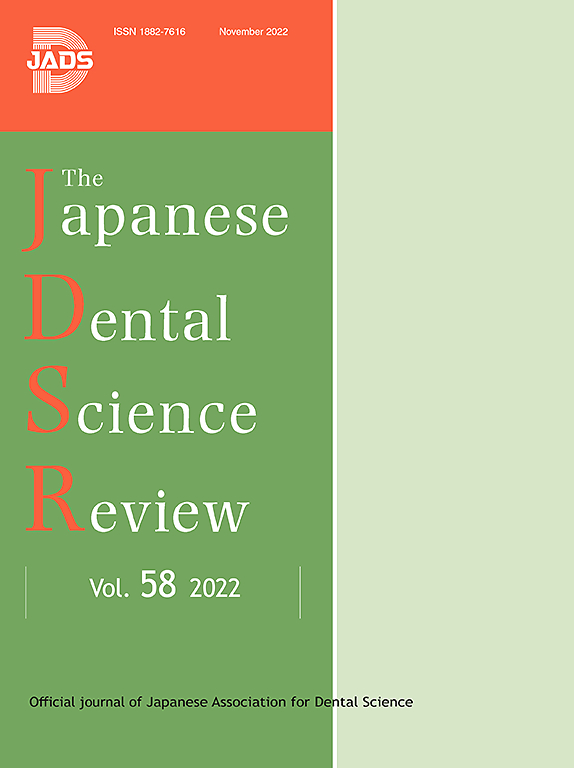The effectiveness of mobilization in treating patients with temporomandibular disorders: A systematic review and meta-analysis
IF 6.6
2区 医学
Q1 DENTISTRY, ORAL SURGERY & MEDICINE
引用次数: 0
Abstract
This systematic review and meta-analysis evaluated the effectiveness of temporomandibular joint (TMJ) mobilization in individuals with temporomandibular disorders (TMDs), using data from randomized controlled trials (RCTs) and before-after studies without control groups. Human studies assessing outcomes, including muscle activity, pain intensity, oral and cervical range of motion, and self-reported measures before and after mobilization, and comparing these results with those of individuals who received other conventional TMD treatments, were considered. Study selection and data extraction were performed by two independent reviewers, with a third reviewer resolving any disagreements. Of the 652 studies identified, five met the inclusion criteria. The evidence shows improvements in pain intensity, range of motion, and other patient-reported outcomes, following TMJ mobilization. These effects were observed immediately after treatment, showed a slight decrease at one week, and were further enhanced at four weeks. Compared to the control group, our meta-analyses demonstrate a significant reduction in pain intensity (mean difference = −2.90) and a significant improvement in mouth opening (mean difference = 10.76) at four weeks post-mobilization. The findings indicate that TMJ mobilization may serve as an effective short-term intervention for managing TMD, especially in the initial stages of treatment. However, further RCTs with long-term follow-up are warranted.
运动治疗颞下颌疾病的有效性:系统回顾和荟萃分析
本系统综述和荟萃分析评估了颞下颌关节(TMJ)活动对颞下颌疾病(TMDs)患者的有效性,使用的数据来自随机对照试验(rct)和无对照组的前后对照研究。评估结果的人体研究,包括肌肉活动、疼痛强度、口腔和颈椎活动范围,以及活动前后的自我报告测量,并将这些结果与接受其他传统TMD治疗的个体进行比较。研究选择和数据提取由两名独立的审稿人进行,第三名审稿人解决任何异议。在确定的652项研究中,有5项符合纳入标准。有证据表明,颞下颌关节活动后疼痛强度、活动范围和其他患者报告的结果有所改善。这些效果在治疗后立即观察到,在一周时略有下降,并在四周时进一步增强。与对照组相比,我们的荟萃分析显示,在活动后四周,疼痛强度显着降低(平均差值= - 2.90),口腔开口显着改善(平均差值= 10.76)。研究结果表明,颞下颌关节活动可以作为一种有效的短期干预措施来管理TMD,特别是在治疗的初始阶段。然而,需要进一步的随机对照试验进行长期随访。
本文章由计算机程序翻译,如有差异,请以英文原文为准。
求助全文
约1分钟内获得全文
求助全文
来源期刊

Japanese Dental Science Review
DENTISTRY, ORAL SURGERY & MEDICINE-
CiteScore
9.90
自引率
1.50%
发文量
31
审稿时长
32 days
期刊介绍:
The Japanese Dental Science Review is published by the Japanese Association for Dental Science aiming to introduce the modern aspects of the dental basic and clinical sciences in Japan, and to share and discuss the update information with foreign researchers and dentists for further development of dentistry. In principle, papers are written and submitted on the invitation of one of the Editors, although the Editors would be glad to receive suggestions. Proposals for review articles should be sent by the authors to one of the Editors by e-mail. All submitted papers are subject to the peer- refereeing process.
 求助内容:
求助内容: 应助结果提醒方式:
应助结果提醒方式:


